Explore the fascinating world of “Trophy Hunting in Pakistan”, and its impact on wildlife conservation. Himalayan Ibex, Blue Sheep, and Markhor Controlled Hunting in Pakistan.
Table of Contents
Introduction – Trophy Hunting in Pakistan
Hunting in Pakistan has long been a topic of debate, sparking passionate discussions among conservationists, hunters, and the public. Proponents argue that it can play a role in wildlife conservation, while opponents believe it to be a cruel and unethical activity. This blog delves into the intricate world of trophy hunting in Pakistan, discussing its history, impact on wildlife, and the ethical concerns that surround it.
Understanding Trophy Hunting in Pakistan
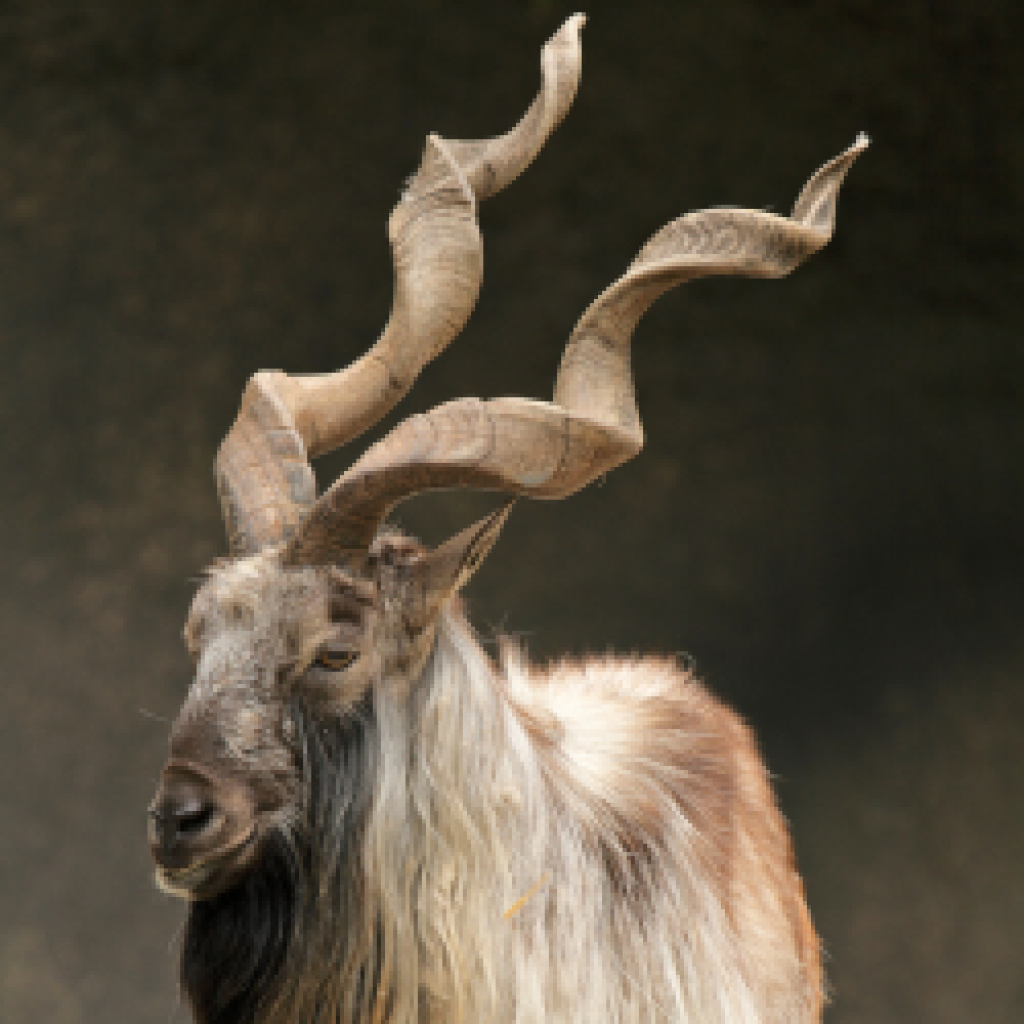
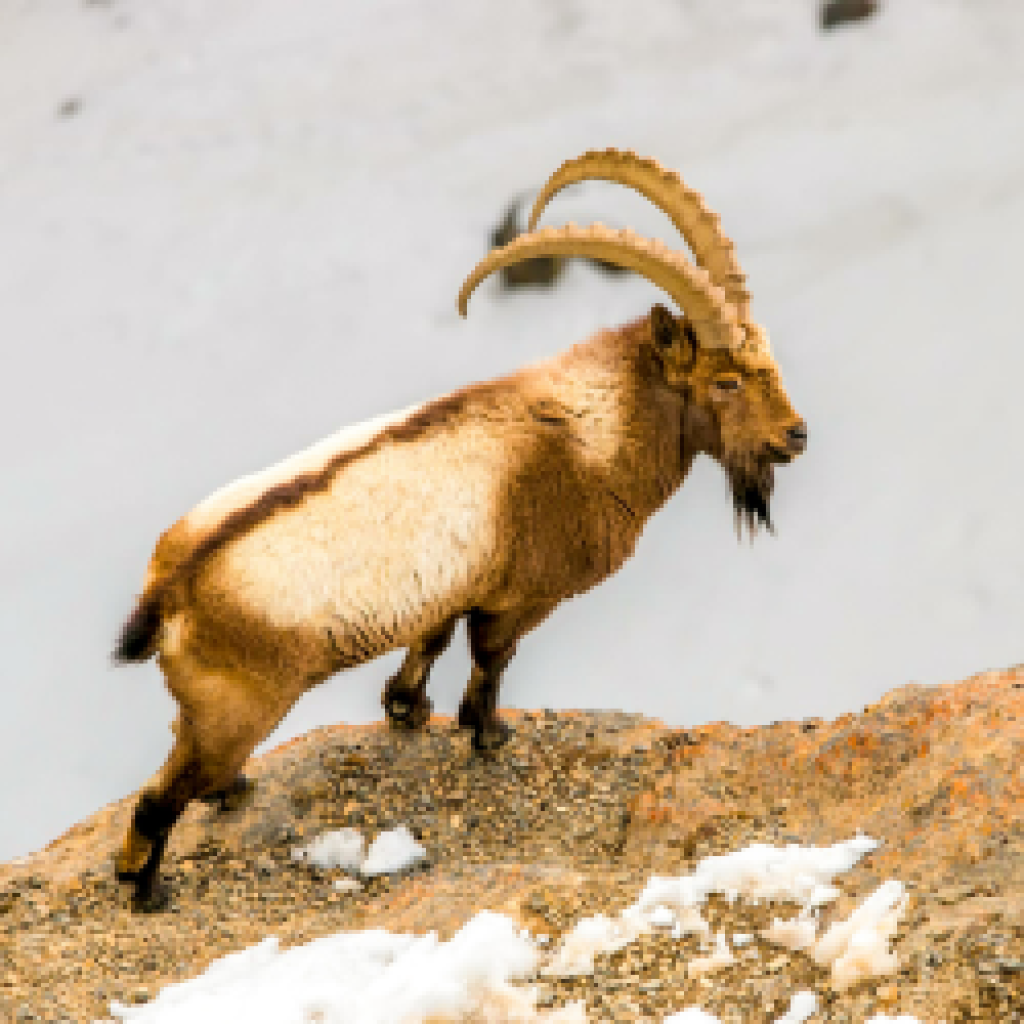
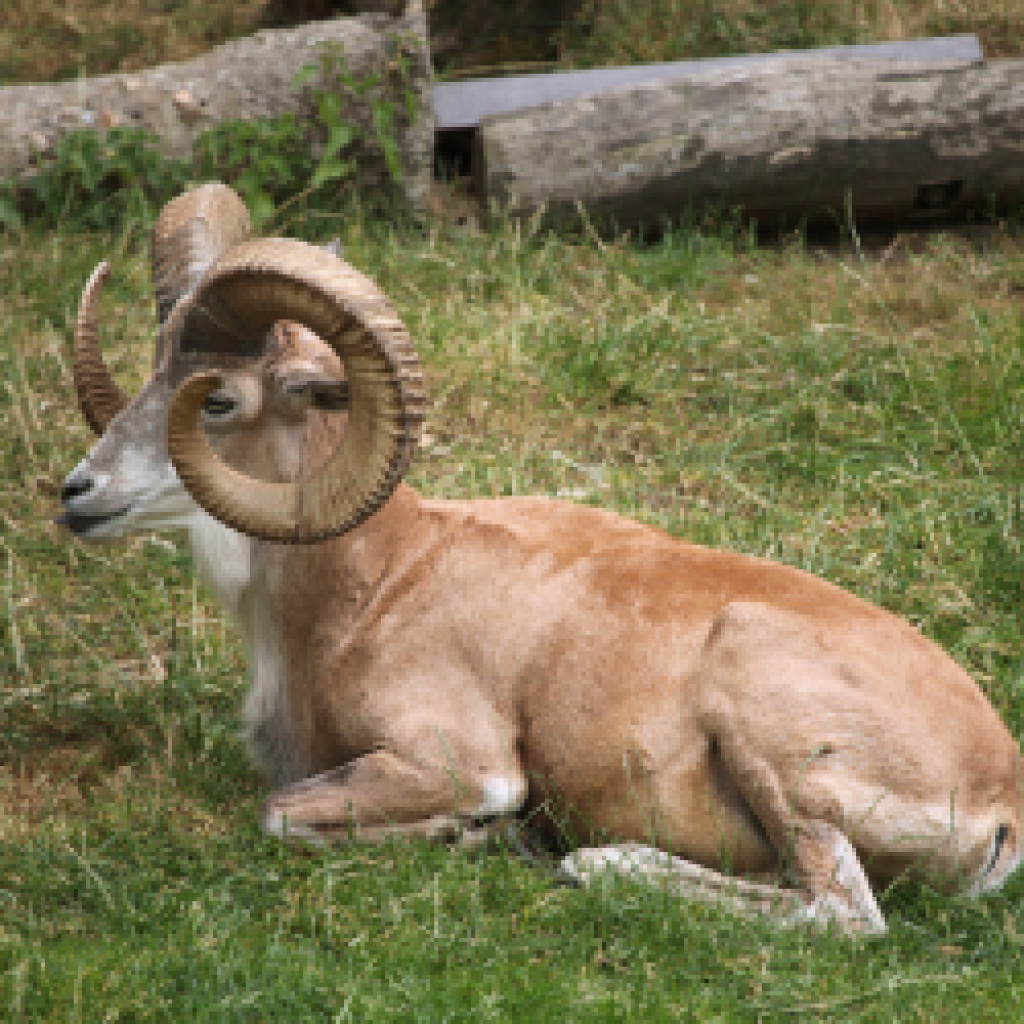
Trophy hunting involves legally hunting specific wild animals (aging male animals only), often of high value in terms of rarity, size, or beauty. The primary motivation for hunters is to obtain a “trophy” such as the animal’s head, hide, or other body parts, which they can then display as a symbol of their achievement. While the practice has faced international criticism, it remains a significant source of revenue in certain regions, including Pakistan.
Trophy Hunting in Pakistan: A Historical Perspective
Hunting in Pakistan dates back to the British colonial era when hunting was a favored pastime among the ruling elite. Following independence in 1947, Pakistan continued the practice, focusing on sustainable hunting through regulated permits. The country boasts a diverse range of species, including the markhor, urial, blue sheep, ibex, and wild boar which attract hunters from around the world.
Conservation and Revenue Generation – Trophy hunting in Pakistan
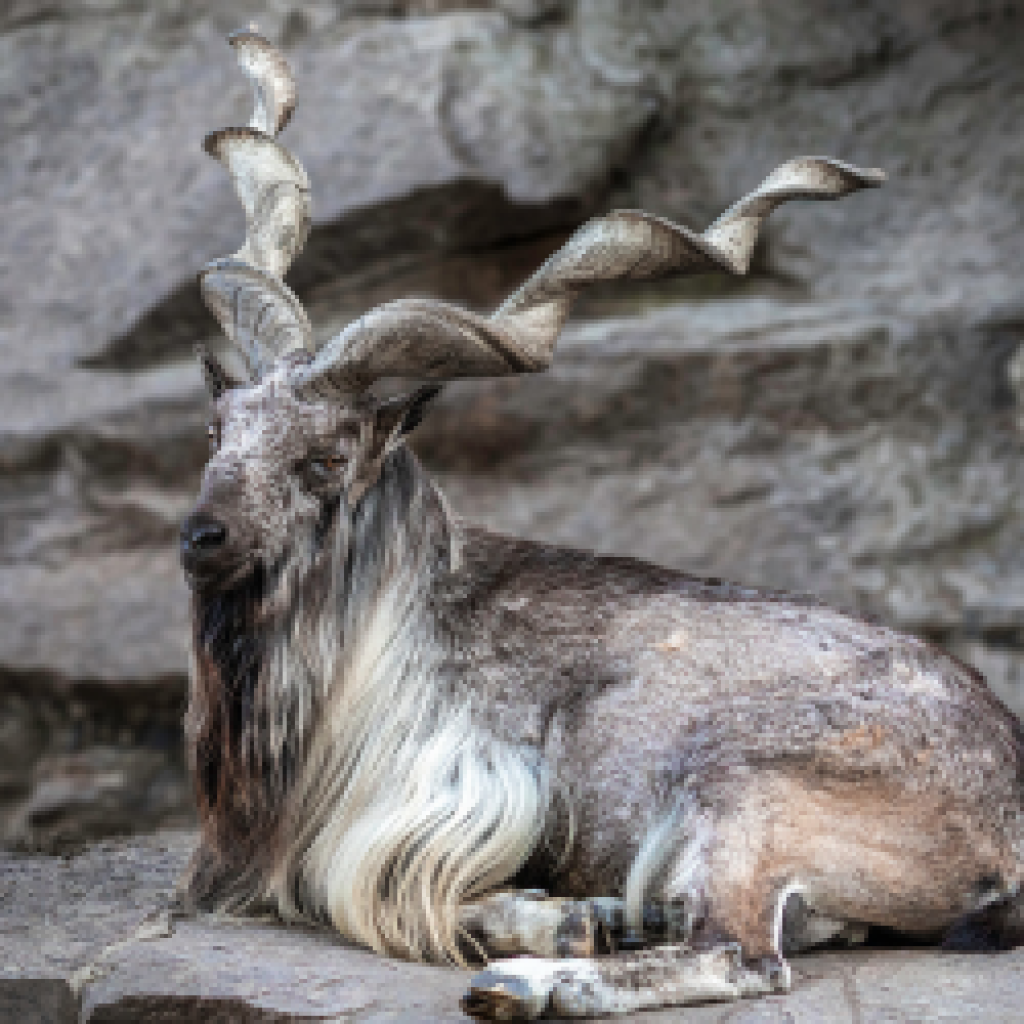
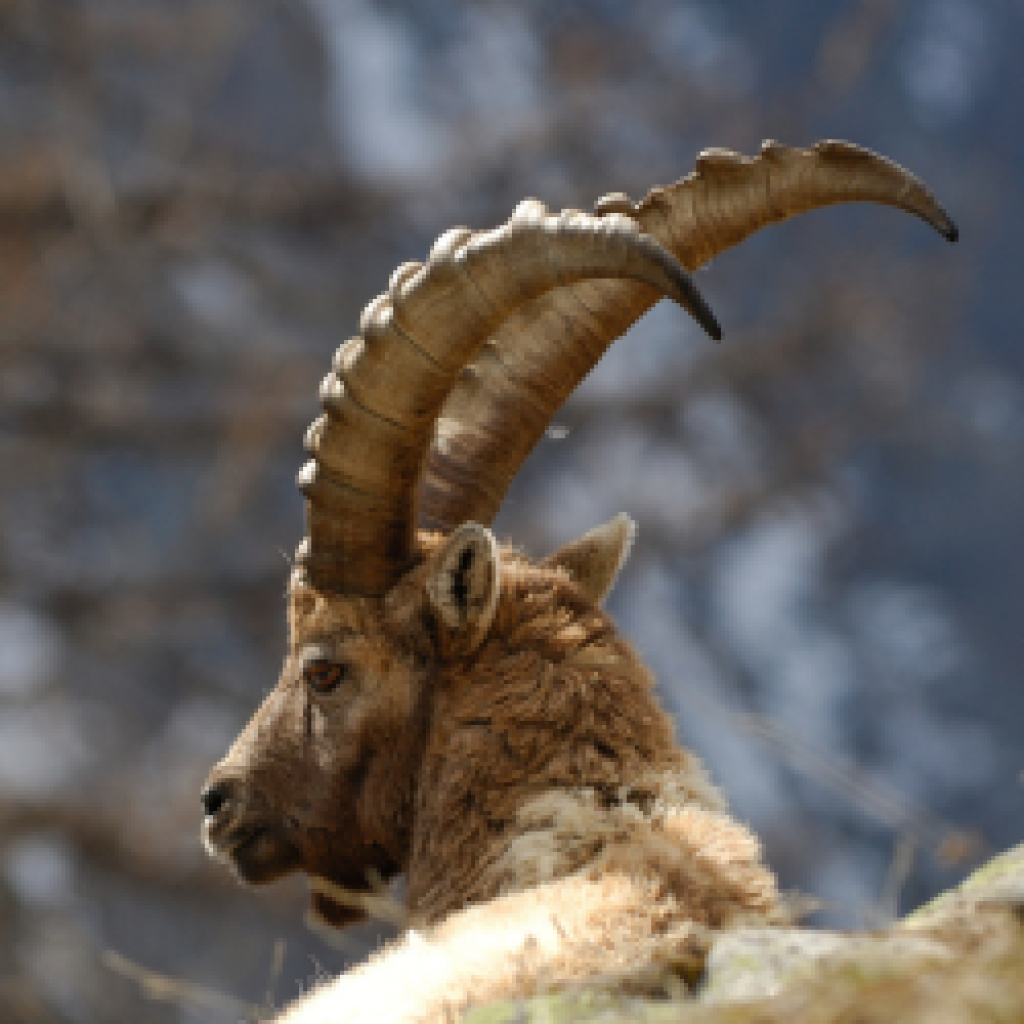
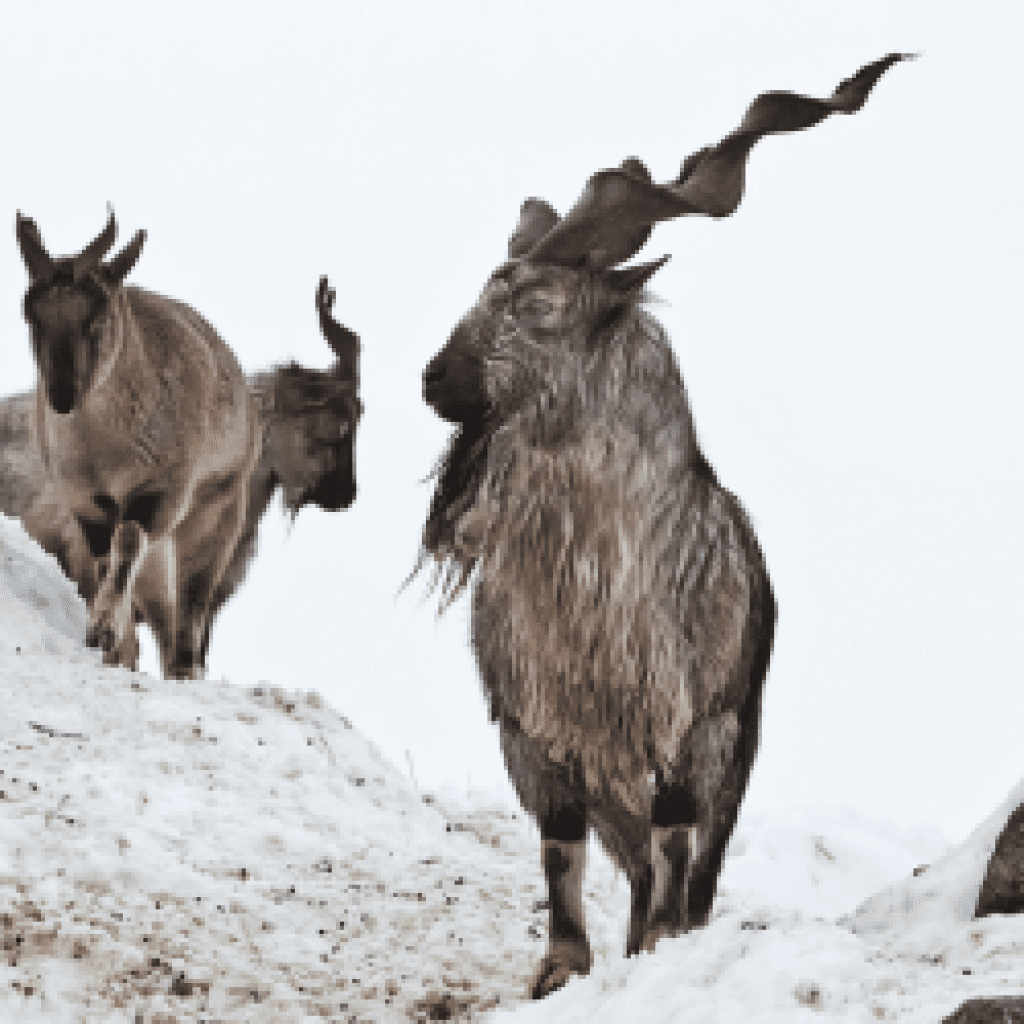
Proponents of trophy hunting argue that it can provide much-needed funding for wildlife conservation efforts. In Pakistan, the revenue generated from trophy hunting permits is often reinvested in preserving the habitat and increasing the populations of endangered species. Organizations like the Pakistan Wildlife Foundation work in tandem with government agencies to manage hunting programs. Critics, however, remain skeptical of these claims and question the effectiveness of such conservation initiatives.
Markhor Conservation Success Story
The markhor, a wild goat species native to Pakistan, has been at the forefront of trophy hunting conservation efforts. Markhor populations were dwindling due to habitat destruction and poaching. To combat this decline, Pakistan introduced a quota-based trophy hunting program, tightly controlled by the indigenous local communities with the help of government authorities.
This program has high success rate in Gilgit Baltistan and Chitral where the local communities get 80% share of the earnings. This money is spent on social upliftment including education and loan for small businesses by the communities by themselves through a system social welfare. As a consequence, the local communities protect the wildlife, and the wildlife population has increased exponentially.
However, this remains a contentious issue, with critics emphasizing the ethical concerns surrounding killing these majestic creatures for sport.
Community Involvement – Trophy Hunting in Pakistan
One of the arguments in favor of trophy hunting is its potential to involve local communities in conservation. When these communities see a direct financial benefit from preserving wildlife, they are more likely to protect and support these species. The revenue generated from hunting permits can be used to improve infrastructure, provide education, and create alternative livelihoods, which can reduce human-wildlife conflict and improve the overall well-being of local residents.
Regulation and Sustainable Practices – Trophy Hunting in Pakistan
The success of trophy hunting largely depends on stringent regulations and ethical practices. It is essential for governments to enforce strict quotas, monitor hunting activities, and reinvest generated revenue back into conservation and local communities. The adoption of sustainable hunting practices is critical for the long-term survival of endangered species and the preservation of their habitats.
Conclusion – Trophy Hunting in Pakistan
Hunting remains a divisive issue, with arguments on both sides of the spectrum. While some see it as a valuable tool for wildlife conservation and community development, others perceive it as an unethical practice that endorses cruelty for personal gain.
As we navigate the complex world of trophy hunting, it is crucial to weigh the benefits against the ethical concerns, and for governments and conservation organizations to strike a balance between generating revenue and ensuring the well-being of the ecosystems and communities involved.
Ultimately, the future of trophy hunting lies in the hands of responsible regulation, transparent revenue allocation, and ongoing dialogue among stakeholders to find sustainable solutions that protect both wildlife and the ethical values that we hold dear.

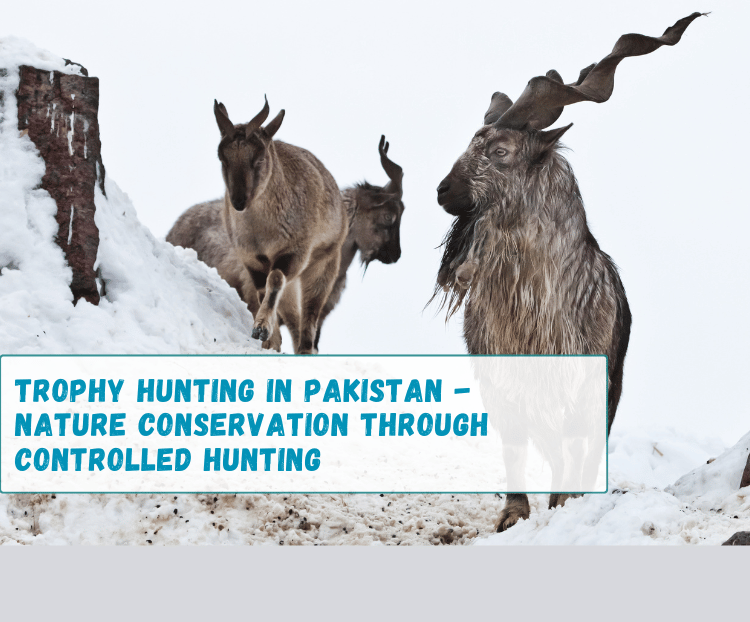
0 Comment